Youth Programs: Anders and Alissa’s Experience

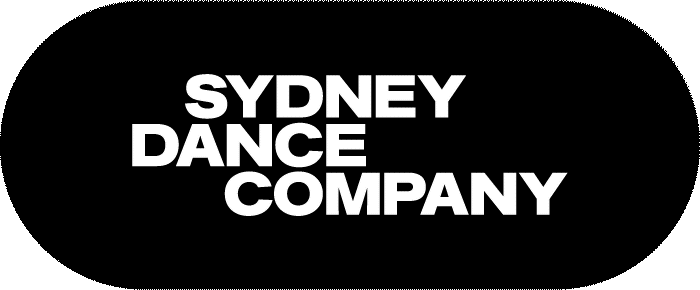
published
Choreographed by Graeme Murphy for Sydney Dance Company, Boxes premiered in November 1985. The work was danced to a commissioned score from Iva Davies and his associate, Robert Kretschmer. It had costumes by Anthony Jones, a set designed by Laurence Eastwood and it was lit by John Drummond Montgomery.
Iva Davis reflects on five reasons why Boxes is so iconic.
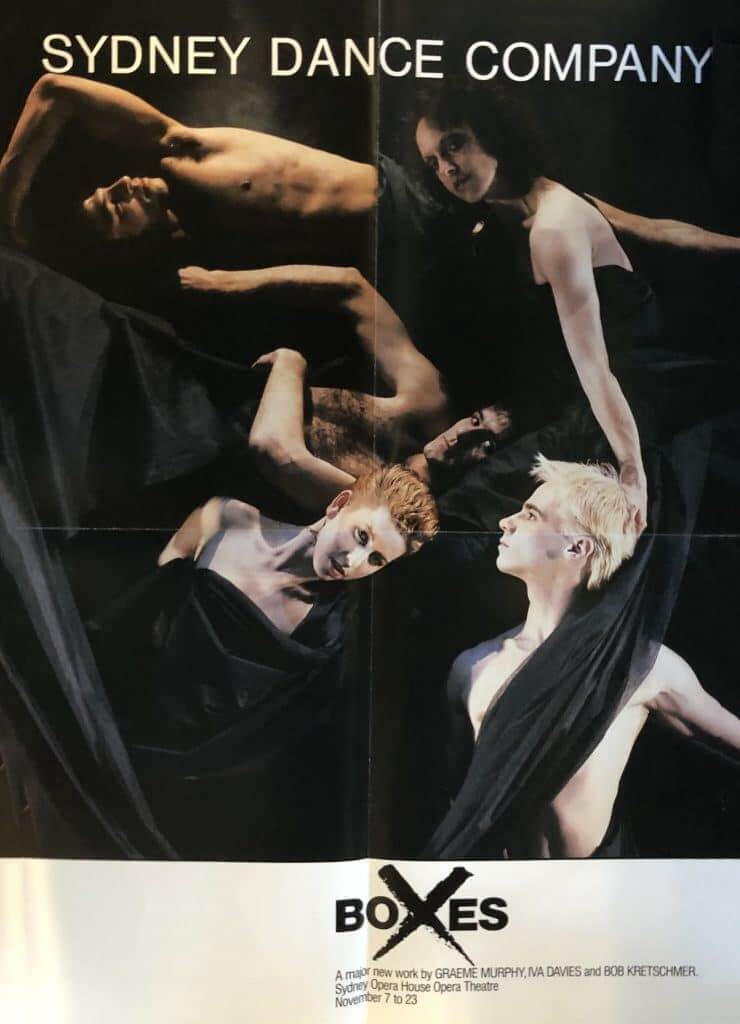
‘Boxes’ season poster.
The score for Boxes was composed by seminal Australian band Icehouse, and performed live on stage. The group were all over radio with We Can Get Together and Can’t Help Myself but were yet to release the monolithic album Man of Colours. The collaboration would prove a watershed moment, bringing both Sydney Dance Company and Icehouse to whole new audiences.
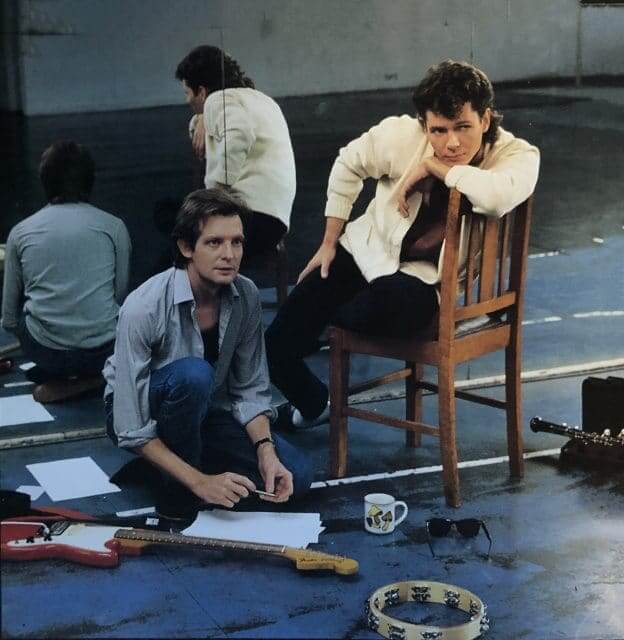
In rehearsal for ‘Boxes’, 1985.
“It was a period when Sydney Dance Company were considered quite dangerous, in part because of works like After Venice and its nude scene,” remembers Icehouse frontman Iva Davies. “With Boxes, people in their twenties who didn’t have an interest in opera or contemporary dance were turning up to see what all the fuss was about.”
Paul Mercurio, Kim Walker and Janet Vernon turned out electrifying performances (with magnificent peak-80s hairstyles, no less). The whole ensemble, in fact, is sublime: the picture of elastic strength in costumes that could have been lifted from a Bowie concert or the set of Mad Max.
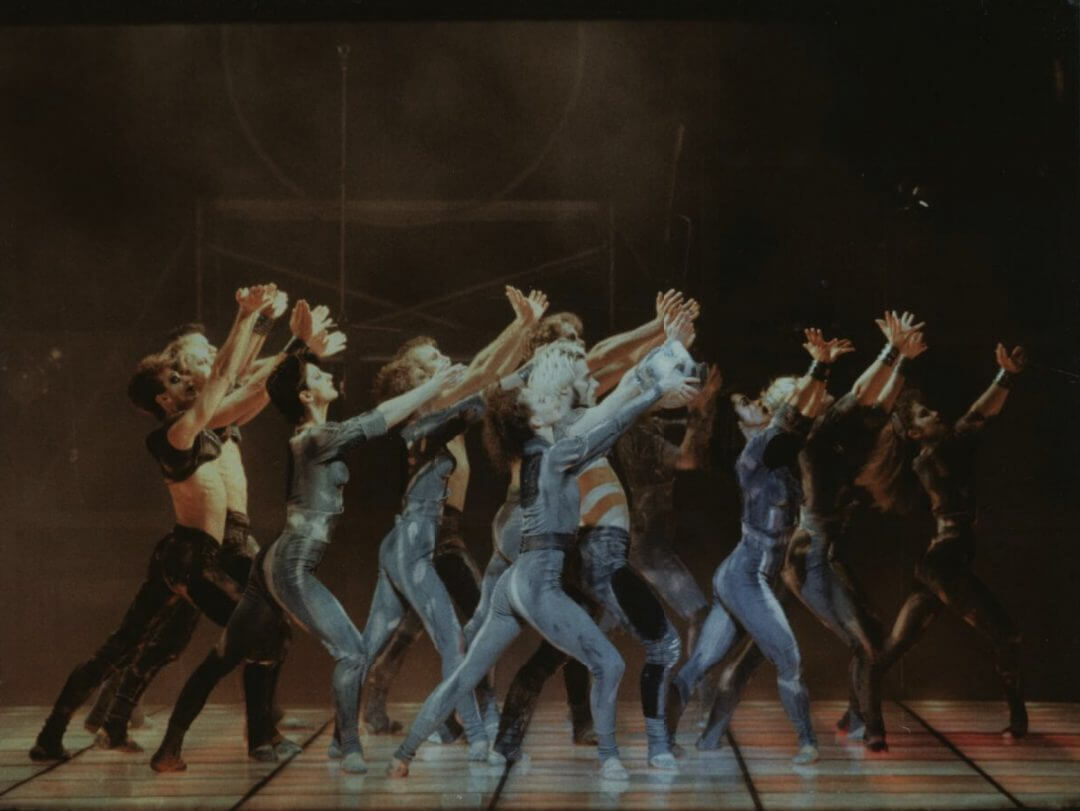
Photo by Don McMurdo.
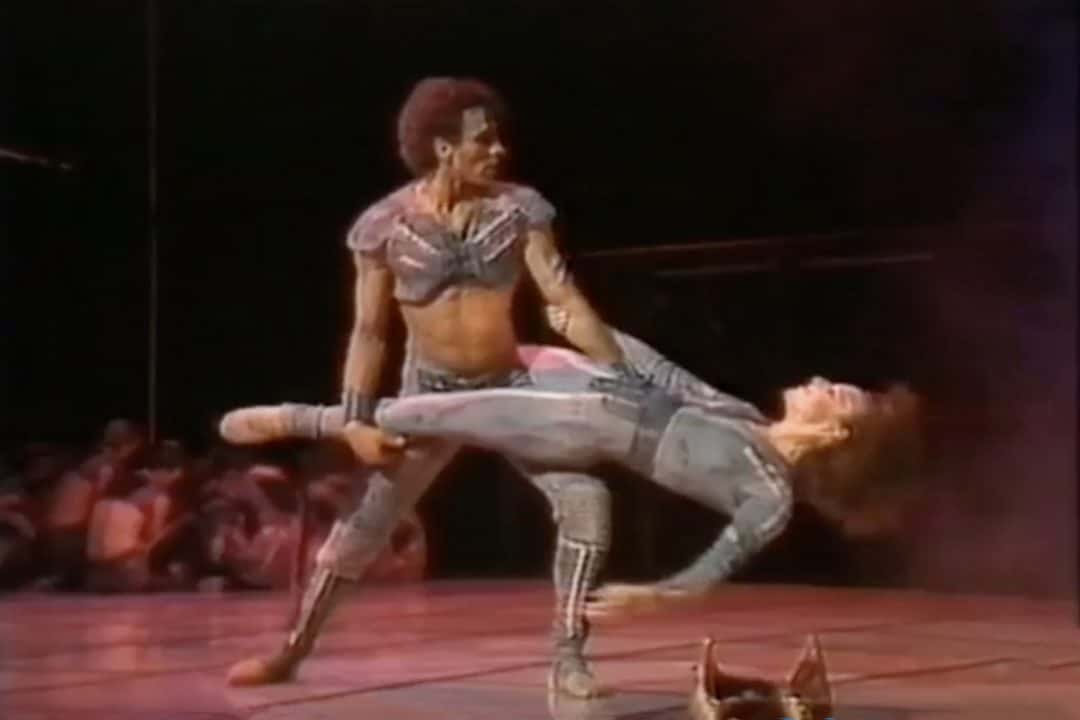
“We were working with quite cutting-edge equipment, chiefly the CMI Fairlight, which was invented in the Sydney suburb of Fairlight,” says Davies. (He purchased the Fairlight for $32,000, the equivalent of well over $100,000 today). “It’s meant we could do all sorts of weird and wonderful things with sounds, and Boxes became laced with electronic experimentation.” The score is atmospheric, apocalyptic and sumptuously produced, boasting breakout torch song No Promises at its nucleus.
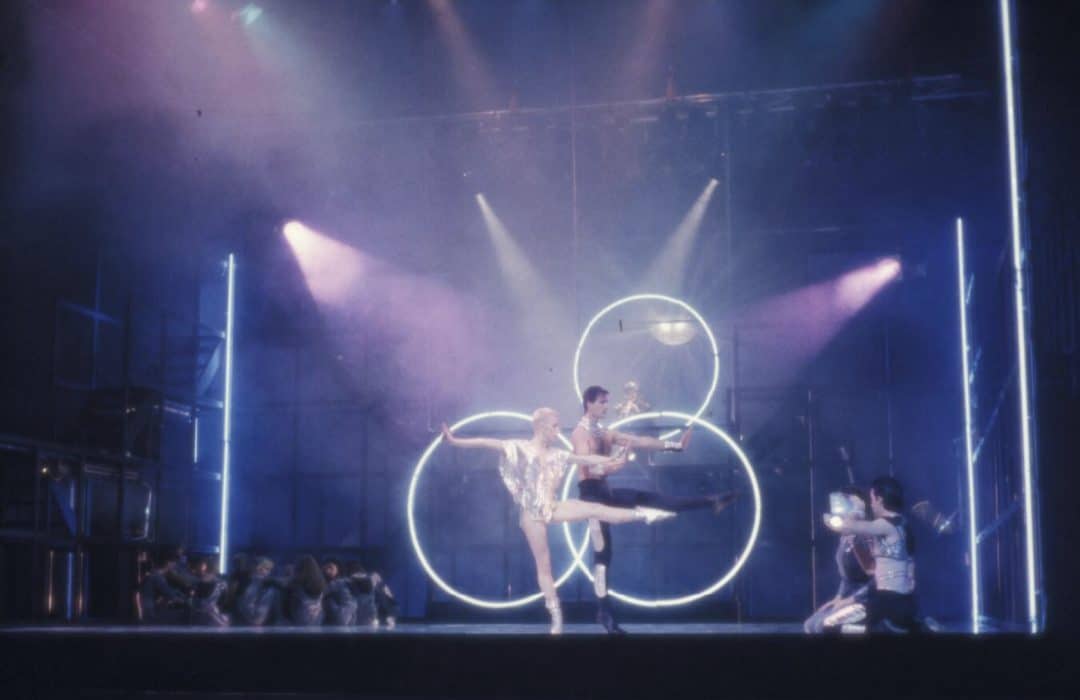
Photo by Don McMurdo.
Due to public demand a 10pm session was scheduled because even the loges and balcony box seats had sold out in the earlier sessions. There were lines formed down the steps to the forecourt to get into the late shows.
“It was a completely mad idea, but we put on two sessions a night at the Sydney Opera House on weekends,” says Davies. “The first session was slightly early, and then we’d do it all again at 10pm. Word had got out this phenomenon, a strange melding of Sydney Dance Company and rock’n’roll. It was only a three-week season, but it was a complete sell out.”
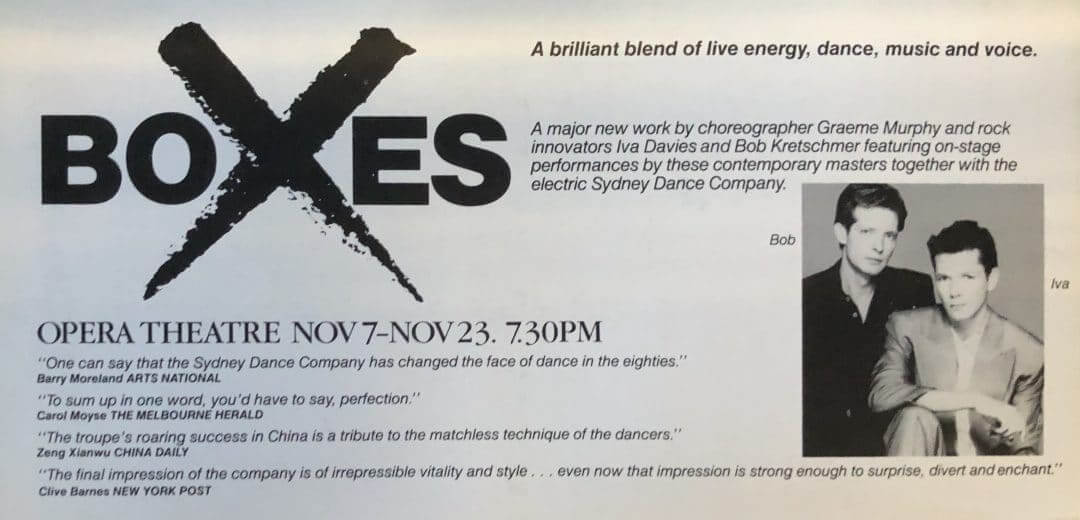
The early shows were performed with a sumptuous, elegant and demanding 15 minute duet by Graeme Murphy called Shimmering set to the music of Karol Szymanowski. Danced by Andrea Toy (wife of Paul Mercurio) and Alfred Taahi, this amazing duet really gave the rock ‘n’ roll crowd taste of what dance could be.
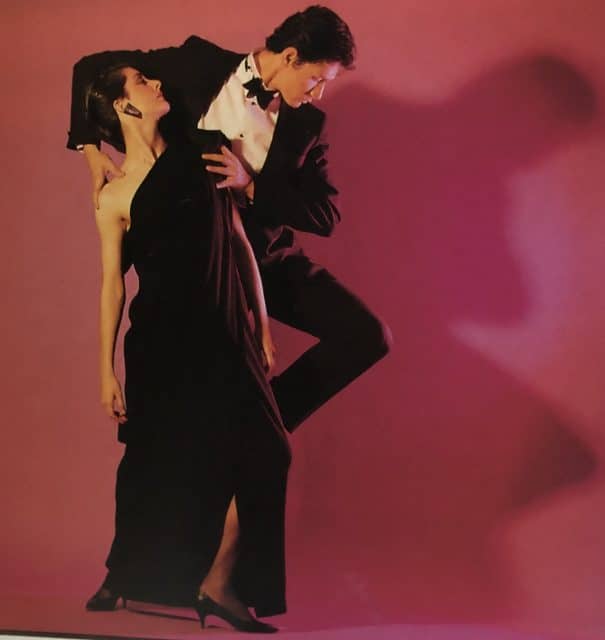
Graeme Murphy’s ‘Shimmering’.
At the time, the Sydney Opera House stage featured an enormous hydraulic powered ‘revolve’, a giant Lazy Susan that could raise, lower and rotate the stage. Boxes set designer Laurence Eastwood utilised this to breathtaking effect. “The set itself was a humongous wooden scaffolding cube,” says Davies. “Right at the climax of the piece, the entire 20-tonne thing would start to revolve, with us on it. I can remember looking out on the audience every night, and everybody’s jaws were on the floor.”
Boxes would never be performed in any other theatre, adding to its unicorn allure.
https://youtu.be/wHWgsyZ6jicFollow #SDC50Years on Instagram, Facebook and Twitter to revisit some of our highlights and greatest moments of dance over the past 50 years and share your favourite memories of Sydney Dance Company using #SDC50Years.